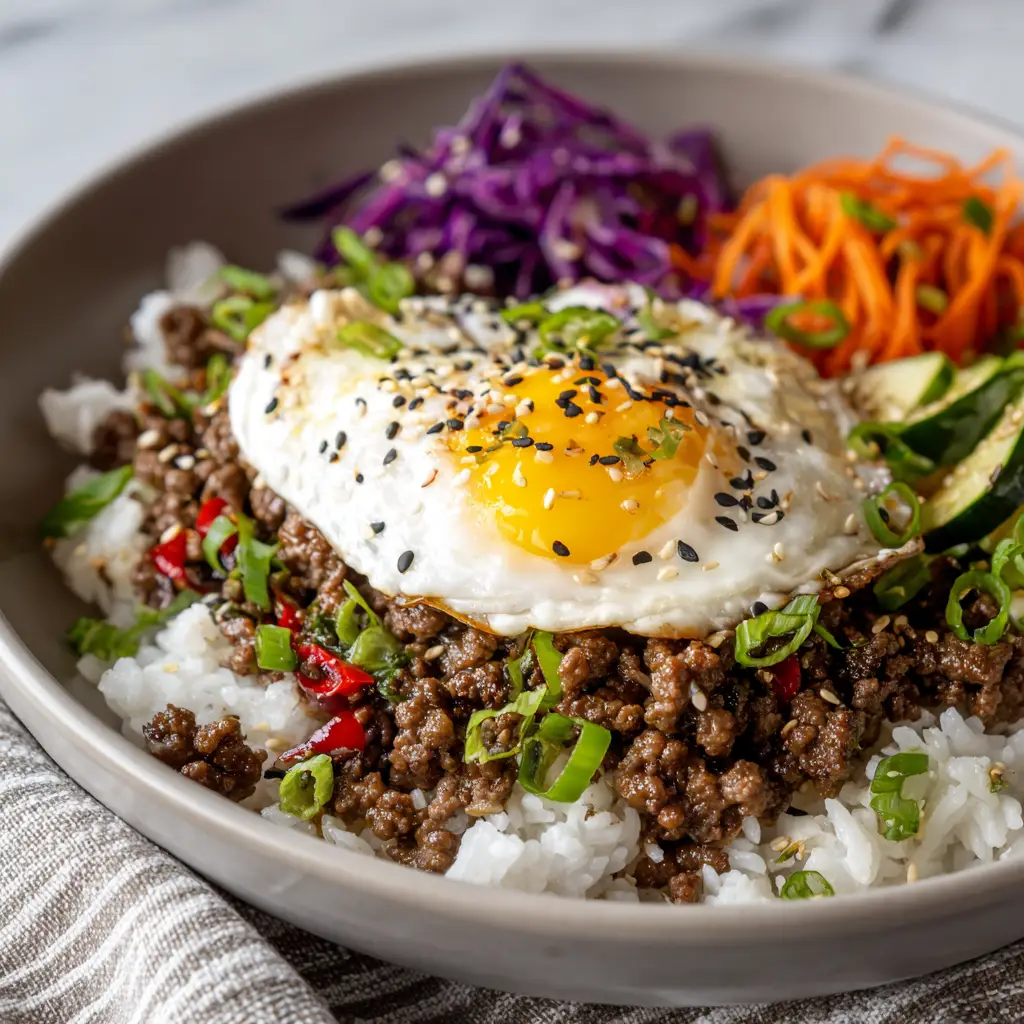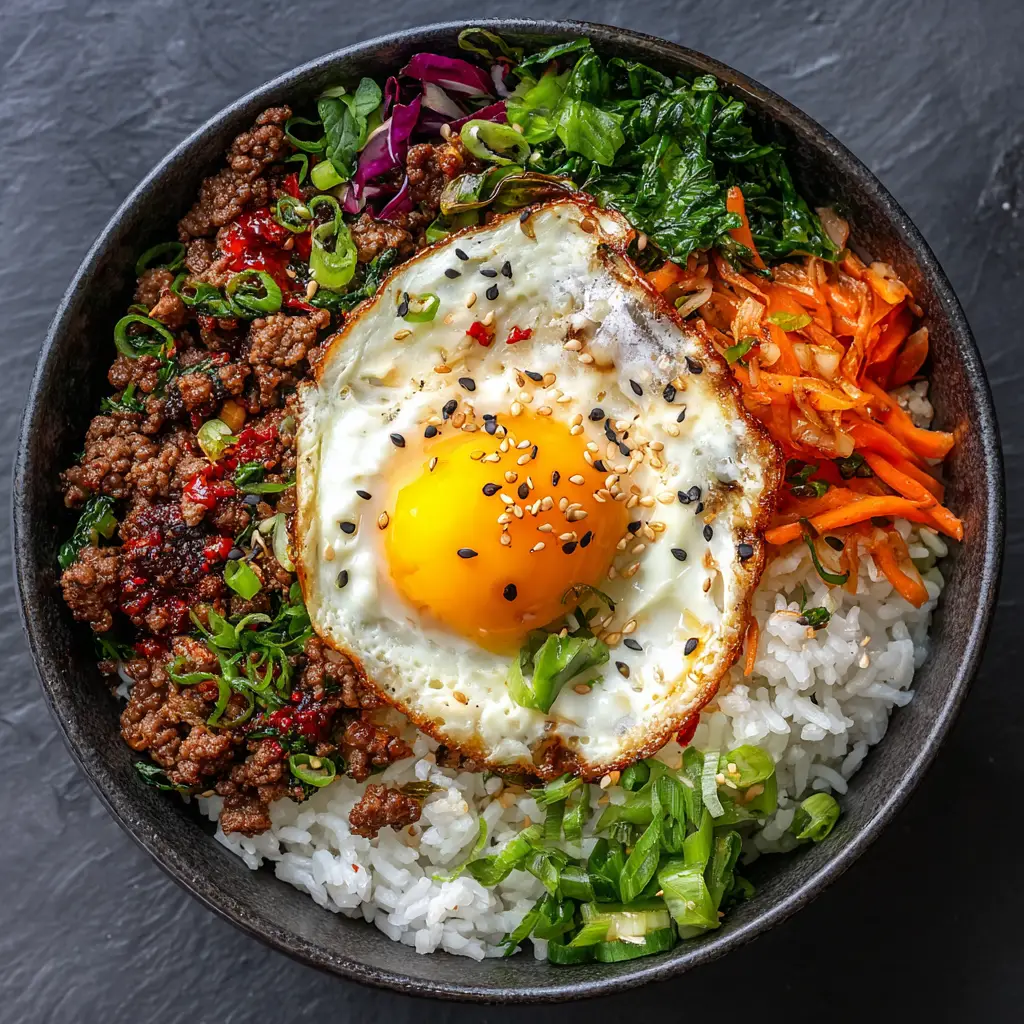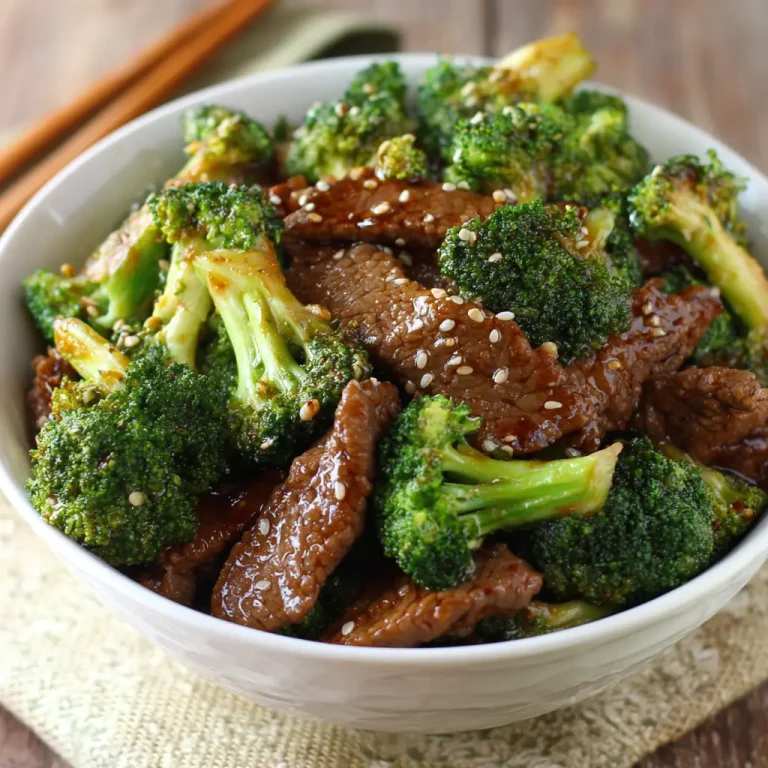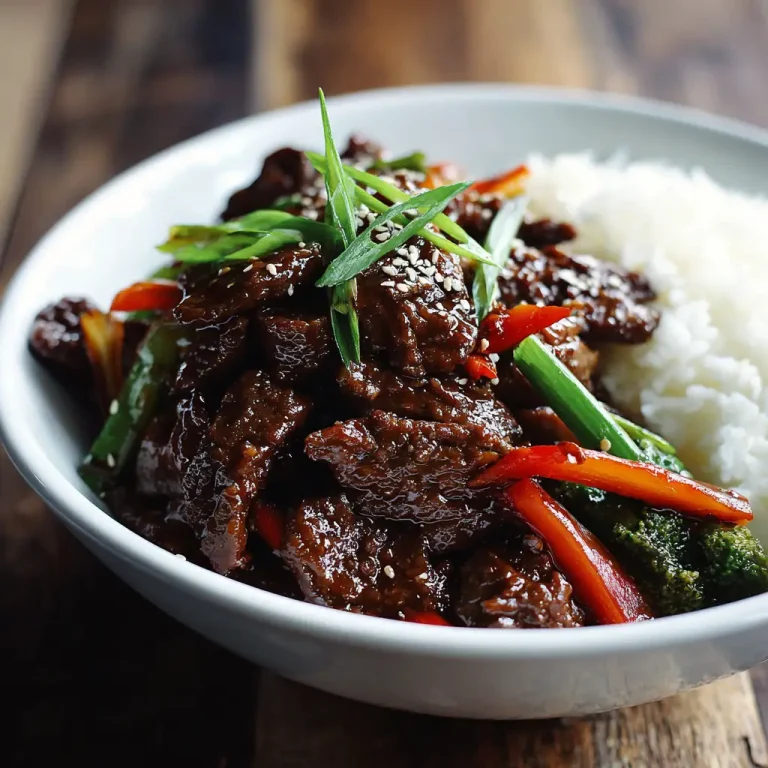Korean Ground Beef and Rice Bowls Recipe | Easy Weeknight Dinner
Introduction
Korean ground beef and rice bowls have quickly become a favorite for home cooks looking for something flavorful, quick, and satisfying. The beauty of this dish lies in its balance between sweet, savory, and slightly spicy flavors that come together in a comforting bowl of rice and seasoned beef. Every bite delivers a harmony of textures, from tender ground beef to soft, fluffy rice, complemented by fresh vegetables and a touch of aromatic garnish.

Ingredients Needed
Using high-quality, fresh ingredients ensures the best flavor in this dish. Below is a table listing the main ingredients for Korean ground beef and rice bowls along with their approximate calorie counts per serving.
| Ingredient | Quantity | Calories (per serving) |
|---|---|---|
| Ground beef (lean) | 1 pound | 800 |
| Cooked white rice | 3 cups | 600 |
| Soy sauce | 1/4 cup | 30 |
| Brown sugar | 2 tablespoons | 90 |
| Sesame oil | 1 teaspoon | 40 |
| Garlic (minced) | 3 cloves | 15 |
| Ginger (grated) | 1 teaspoon | 2 |
| Green onions (chopped) | 3 stalks | 10 |
| Carrot (julienned) | 1 medium | 25 |
| Red bell pepper (sliced) | 1 medium | 30 |
| Sesame seeds | 1 teaspoon | 15 |
| Red pepper flakes (optional) | 1/2 teaspoon | 3 |
Total calories per serving: approximately 1600 divided by the number of servings (usually 4), making about 400 calories per serving.
Step-by-Step Cooking Instructions
Cooking Korean ground beef and rice bowls is straightforward and can be completed in about 30 minutes from start to finish.
- Prepare the rice: Start by cooking the rice according to the package instructions. For extra flavor, you can cook the rice in a low-sodium chicken or vegetable broth instead of water. Keep it warm while preparing the beef.
- Cook the vegetables: Heat a large skillet over medium heat and add a teaspoon of sesame oil. Sauté the carrots and red bell peppers for about three to four minutes until they are tender but still crisp. Remove from the skillet and set aside.
- Cook the ground beef: In the same skillet, add the ground beef and cook until it starts to brown, breaking it apart with a spatula. Drain excess fat if necessary.
- Add aromatics and seasoning: Reduce the heat slightly and add minced garlic and grated ginger to the beef. Stir for about 30 seconds until fragrant.
- Incorporate sauces: Pour in the soy sauce and sprinkle the brown sugar over the beef. Mix thoroughly to coat all the meat evenly. Allow it to simmer for five minutes, letting the sauce thicken and caramelize slightly.
- Combine everything: Return the cooked vegetables to the skillet and stir to combine. Taste and adjust seasoning with extra soy sauce or a pinch of red pepper flakes if you prefer a spicier dish.
- Serve: Place a generous portion of rice in each bowl and top with the beef and vegetable mixture. Garnish with chopped green onions and a sprinkle of sesame seeds. Serve immediately for best results.

Tips for Customizing the Recipe
Korean ground beef and rice bowls are highly adaptable. Here are some ways to make the dish your own:
- Protein swaps: Use ground turkey, chicken, or even tofu for a different protein profile. Adjust cooking time based on the protein used.
- Vegetable variety: Include mushrooms, zucchini, or spinach to boost nutrients and add more texture. Stir-fry these vegetables lightly to retain their crunch.
- Spice level: Adjust the red pepper flakes or add gochujang for a traditional Korean heat element. Start with a small amount and increase according to taste.
- Grain alternatives: Substitute white rice with brown rice, quinoa, or cauliflower rice for a lower-carb option. Each option adds its own unique texture and nutritional benefits.
- Sauce enhancements: A splash of rice vinegar or a teaspoon of honey can balance flavors and add a subtle tang or sweetness.

Nutritional Information
Korean ground beef and rice bowls provide a balanced mix of macronutrients. Lean ground beef supplies high-quality protein and iron, while rice offers carbohydrates for energy. Vegetables contribute fiber, vitamins, and minerals, and sesame oil adds healthy fats.
Per serving (based on 4 servings):
These bowls are satisfying without being overly heavy, making them perfect for lunch or dinner. Adjust portion size or ingredients for specific dietary needs, such as reducing sodium or using leaner meats.
Serving Suggestions
Korean ground beef and rice bowls pair beautifully with fresh or pickled sides. Kimchi, cucumber salad, or lightly steamed broccoli complements the rich flavors of the beef. A fried or poached egg on top adds extra protein and a creamy texture. For a complete meal, serve with a side of miso soup or a light broth-based soup to balance the richness of the beef.
Garnishing with additional sesame seeds, sliced green onions, or a drizzle of sriracha adds visual appeal and enhances the flavor experience. Pairing the dish with a cold beverage, such as iced green tea or sparkling water with lemon, also helps cleanse the palate and makes the meal feel refreshing.
Korean Ground Beef and Rice Bowls Recipe | Easy Weeknight Dinner
Course: Blog4
servings10
minutes20
minutes400
kcalIngredients
1 pound lean ground beef
3 cups cooked white rice
1/4 cup soy sauce (or tamari for gluten-free)
2 tablespoons brown sugar
1 teaspoon sesame oil
3 cloves garlic, minced
1 teaspoon grated ginger
3 green onions, chopped
1 medium carrot, julienned
1 medium red bell pepper, sliced
Directions
- Cook the rice: Prepare rice according to package instructions and keep warm.
- Sauté vegetables: In a skillet, heat sesame oil over medium heat. Add carrots and red bell peppers. Cook 3–4 minutes until slightly tender, then set aside.
- Cook the beef: In the same skillet, add ground beef and cook until browned. Drain excess fat if needed.
- Add aromatics: Stir in garlic and ginger, cooking for 30 seconds until fragrant.
- Add sauces: Pour in soy sauce and sprinkle brown sugar. Stir well and let simmer 5 minutes until sauce thickens.
Recipe Video
Notes
- For a lower-carb version, substitute rice with cauliflower rice or quinoa.
You can add other vegetables like mushrooms, zucchini, or spinach for more nutrition.
Frequently Asked Questions
Can I make this dish ahead of time?
Yes, the beef can be cooked and stored separately in an airtight container for up to three days. Reheat gently and add fresh vegetables before serving.
Is it possible to make this recipe gluten-free?
Absolutely. Use gluten-free soy sauce or tamari to replace regular soy sauce without compromising flavor.
Can I freeze Korean ground beef and rice bowls?
The beef can be frozen for up to three months. Rice can also be frozen but may have a slightly different texture after thawing. Combine and reheat when ready to eat.
How can I make the dish spicier?
Incorporate gochujang or additional red pepper flakes during the cooking process. You can also serve with a spicy kimchi on the side for extra heat.
What is the best cut of ground beef to use?
Choose lean ground beef with about 85% lean content. It has enough fat for flavor but is not overly greasy, making the dish healthier and more balanced.
Conclusion
Korean ground beef and rice bowls deliver a perfect balance of comfort, flavor, and ease. Each bowl is packed with savory, sweet, and aromatic elements that satisfy both the palate and the soul. The versatility of this recipe allows it to be customized according to taste preferences, dietary needs, or ingredient availability. From casual weeknight dinners to meal prep for the week, this dish provides convenience without sacrificing quality or flavor.







